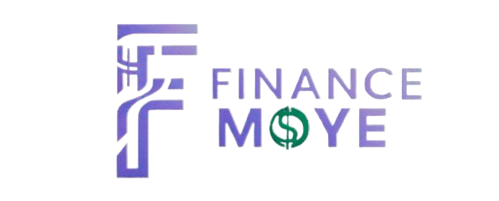How to Reverse a Bill Payment? Three Easiest Ways of Reversal
Reversing a bill payment involves undoing a transaction where money has been transferred from your account to the recipient’s. This process requires contacting your bank or financial institution promptly after the payment has been made explaining the reason for reversal. It provides any necessary documentation.
It’s crucial to act swiftly as the ability to reverse a payment may vary depending on factors such as payment method, recipient’s bank policies and timing.
What does Payment Reversal Mean?
A payment reversal refers to the process of canceling or undoing a previously completed transaction. It typically involves the return of funds from the recipient to the payer.
This can occur for various reasons such as disputed charges, fraud, errors in processing or insufficient funds. It’s like hitting rewind on a financial transaction with the aim of restoring the parties involved to their pre transaction states.
Common reasons why payment reversals occur include:
- The item ended up being sold out.
- The customer is trying to commit fraud.
- The customer changed their mind after ordering.
- The product wasn’t what the customer expected due to bad descriptions or shady selling.
- The wrong amount was charged.
- The transaction was duplicate.
Why Would a Customer Want to Reverse a Payment?
Customers may want to reverse a payment for various reasons:
Unauthorized Transactions
If a customer notices a transaction on their account that they didn’t authorize. They would want to reverse the payment to prevent any financial loss.
Fraudulent Activity
Customers might want to reverse payments if they suspect fraudulent activity on their account such as someone else using their payment information without permission.
Dissatisfaction with Product/Service
If a customer is dissatisfied with a product or service they purchased. They may request a refund and reverse the payment.
Billing Errors
Sometimes businesses make billing errors such as overcharging or double charging customers. In such cases customers would want to reverse the payment to correct the mistake.
Canceled Orders
If a customer cancels an order but is still charged for it they would seek to reverse the payment.
Why Would a Merchant Want to Reverse a Payment?
Merchants may want to reverse a payment for various reasons:
- Compliance Reasons
- Processing Errors
- Compliance Reasons
- Chargebacks
3 Types of Reversed Payments
Reversed payments typically refer to transactions that have been canceled or refunded. Here are three types:
Chargeback
This occurs when a consumer disputes a charge with their credit card issuer. Claiming that the transaction was unauthorized or fraudulent. The issuer investigates and may reverse the payment. Crediting the consumer’s account and debiting the merchant’s account.
Refund
A refund is when a customer returns a purchased item and receives their money back. This reverses the original payment transaction with funds flowing from the merchant back to the customer.
Payment Reversal
This happens when a payment is made by mistake or due to an error and is then reversed to correct the mistake. For example, if a duplicate payment is made or if there’s an overpayment. The excess amount might be reversed back to the payer.
Frequently Asked Questions
Conclusion
Reversing a bill payment can be done through three straightforward methods contacting the recipient directly. It initiates a chargeback with your bank or credit card provider or utilizes a payment reversal feature offered by some financial institutions. Each method has its own steps and consideration but with persistence and timely action. it’s possible to rectify erroneous payments and regain control of your finances.






